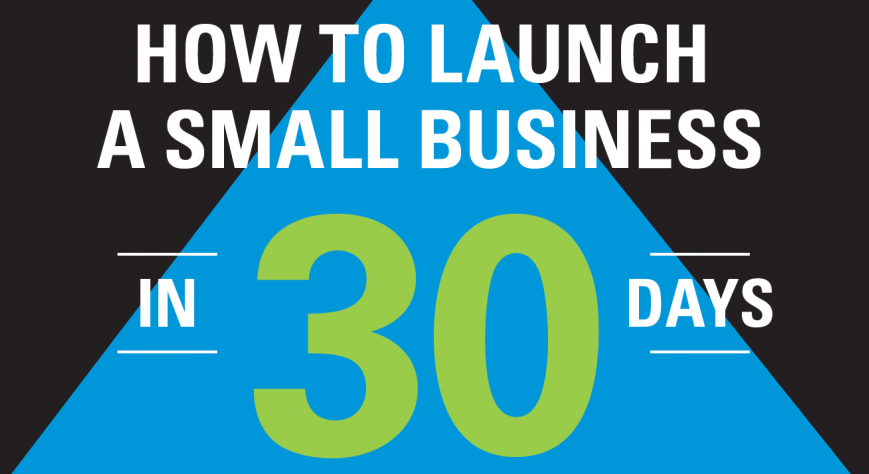The internet is flooded with how-to’s and “hacks” — quick, cheap ways to get things done. For new small businesses with limited resources, it’s essential to quickly get customers through the purchase funnel to survive.
CenturyLink‘s recent infographic, “How to Launch a Small Business in 30 Days” highlights what new small businesses should accomplish in the first 30 days to launch. The infographic also recommends first marketing and advertising steps new small businesses should accomplish. We looked at CenturyLink’s advice and compared it to our new SMBs* sample from the Local Commerce Monitor (LCM) survey to see what exactly these new SMBs are using as they start up.
Get IT in Order (including email, cloud storage and customer relationship management tools). Cloud storage and telecommunications were the most popular with only about 20% reporting using a CRM system. While these SMBs collect and maintain a customer list and some use a customer record storage tool, managing it through CRM system is not a key activity.
Build a Digital Presence (including a website, social media presence, and search). This is the largest ad investment for new SMBs, they plan put more than 40% of their advertising budget towards digital in the next 12 months. Top used media among new SMBs in our survey were a Facebook page, website, email and Linkedin – all DIY channels. In fact, a majority of new SMBs in our sample preferred a DIY approach to digital advertising, by a margin of about 3 to 1.
Set Up Online Sales (cloud-based e-commerce services) Ecommerce services are used by a quarter of these new SMBs. When we look at new technology, such as mobile payments, only 20% use mobile payments with another 25% intending on using them in the next 12 months.
Craft a Marketing Plan (mix social, digital and traditional advertising). When it comes to the future plans for newly formed SMBs, once they have their presence and business tools in place top future priorities are: social media advertising, email marketing and search marketing/SEO.
New SMBs (of course) said that money left after expenses is the number one driver of their marketing spend followed by meeting exposure and customer targets.
*SMBs that chose “beginning to get established” when asked what lifecycle stage their business was in.


